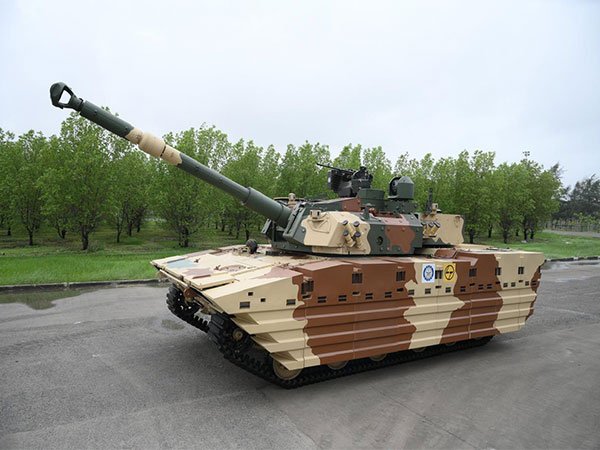New Delhi: The Defence Research and Development Organisation (DRDO) has achieved significant milestones in the development of three major indigenous defence platforms: the Zorawar light tank, the Future Infantry Combat Vehicle (FICV), and the extended-range Pinaka multi-barrel rocket launcher (MBRL).
Each of these systems is poised to substantially enhance the Indian Army’s operational capabilities, particularly in challenging terrains and against evolving regional threats.
The Zorawar light tank, a 25-ton platform named after the Dogra general Zorawar Singh, has recently completed high-altitude trials in Nyoma, Ladakh, at elevations exceeding 4,200 metres.
Developed jointly by DRDO and Larsen & Toubro, Zorawar demonstrated exceptional firepower, mobility, and protection during these trials, including successful firing of multiple rounds with high accuracy. The tank also showcased its amphibious capabilities and was airlifted by the Indian Air Force, underscoring its rapid deployability in remote, high-altitude regions. Earlier, Zorawar underwent rigorous automotive and firing trials in desert terrain, meeting all performance objectives.
The Indian Army has already received one prototype, with a second incorporating Army feedback—such as improved suspension and upgraded situational awareness systems—now ready for further evaluation.
User trials are scheduled to begin in July 2025, testing the tank across diverse conditions, including riverine environments like Pangong Tso. The Army plans to induct approximately 300 Zorawar tanks, with an initial order of 59 units placed with Larsen & Toubro. Full induction is projected by 2027.
Parallel to the tank’s development, DRDO is advancing the Pinaka rocket artillery system. The current Pinaka MBRL has a range of about 75 km, but new extended-range variants are under development, aiming for ranges of 90 km, 120 km, and eventually up to 150 km and beyond. Prototypes for these longer-range versions are ready, with development trials expected to commence by September or October 2025.
The extended-range Pinaka variants, including guided versions, will provide the Army with greater operational flexibility—enabling both area saturation and precision strikes deep into enemy territory. These advancements are particularly strategic for India’s defence posture along its northern borders, offering rapid, concentrated firepower and the ability to neutralise high-value targets at considerable distances.
The Future Infantry Combat Vehicle (FICV), intended to replace the aging Russian-designed BMP-2, is also nearing its development trial phase. Prototypes developed by TATA and Bharat Forge are almost ready, with trials scheduled to begin by September or October 2025. The FICV is eagerly awaited by mechanised infantry units, as it will provide enhanced protection, mobility, and firepower, tailored for modern battlefield requirements.
Collectively, these projects underscore India’s commitment to defence self-reliance and indigenous capability development. The successful trials and ongoing progress of Zorawar, the extended-range Pinaka, and the FICV mark significant steps toward equipping the Indian Army with advanced, versatile, and strategically relevant systems for future conflicts.






